Software supply chain security is critical for any organization using open-source components and third-party libraries.
The Software Bill of Materials (SBOM) provides a complete inventory of all software components, libraries, and dependencies within an application. This detailed view helps manage security risks and ensures compliance with industry regulations.
This article explains the concept of SBOMs and their role in enhancing software security and facilitating audits. It also offers practical guidance on generating an SBOM that meets compliance audit requirements, helping your organization manage the modern software supply chain's complexities.
What is an SBOM?
An SBOM is a detailed list of all components, libraries, and dependencies that make up a software application. It includes:
- Component names and versions
- Licenses and copyright information
- Dependency relationships
- Build and deployment details
An SBOM allows organizations to:
- Identify potential security vulnerabilities
- Assess the impact of known vulnerabilities
- Ensure compliance with licensing requirements
- Simplify the process of updating and patching components
SBOMs have gained traction as government agencies and industry leaders recognize their importance in securing the software supply chain. The U.S. government, for example, mandates SBOM inclusion for software sold to the public sector. And in Europe, multiple directives are mandating the SBOM. (NIS2, Cyber Resilience Act...)
How SBOMs Enhance Software Security
With increasing cyber threats, SBOMs help manage security risks by providing transparency into software composition. They allow organizations to:
- Identify vulnerabilities: Quickly pinpoint known vulnerabilities and assess their impact on software.
- Prioritize remediation efforts: Allocate resources effectively based on vulnerability criticality and prevalence.
- Streamline patch management: Simplify identifying and applying patches to vulnerable components.
- Facilitate collaboration: Serve as a common language for developers, security professionals, and compliance officers.
Generating an accurate SBOM is key to these benefits. Automated SBOM generation tools, like those offered by Aikido, simplify the creation process and ensure accuracy.
How to Generate an SBOM for an Audit
Creating an audit-ready SBOM requires a methodical approach to compliance with industry standards. Begin by listing all software components, including proprietary code, open-source libraries, and third-party dependencies.
Step 1: Identify Components
Start by listing every component within your software. Use SBOM generation tools to document all elements, including:
- Open Source Elements: Document extensively to track licenses and updates.
- Custom Components: Include internally developed code and proprietary libraries.
- External Dependencies: Document all external libraries and tools, noting versions and updates.
Step 2: Document Licenses
After identifying components, record the licenses associated with each element. Scan open-source licenses to ensure compliance:
- Clear Licensing Details: Document each component's license to prevent legal issues.
- Policy Adherence: Verify that licenses align with organizational policies.
- Ongoing Updates: Keep records current with any changes in license terms.

Step 3: Format the SBOM
Proper formatting is essential for readability and compliance. Choose an industry-recognized format like SPDX or CycloneDX:
- Automated Compatibility: Facilitate processing by automated systems.
- Standardization: Provide a consistent framework for analysis and comparison.
- Workflow Integration: Enable seamless incorporation into workflows and audit processes.
Step 4: Validate the SBOM
Continuous validation ensures the SBOM reflects your software's true state. Regularly cross-reference with vulnerability databases:
- Regular Audits: Identify new vulnerabilities and component changes.
- Database Verification: Confirm all issues and components are accounted for.
- Assurance of Accuracy: Periodically review to verify completeness.
Step 5: Automate the Process
Integrate automated SBOM generation into your CI/CD pipelines to maintain accuracy with minimal manual effort:
- Real-Time Synchronization: Continuously update SBOMs with each development cycle.
- Efficiency Gains: Minimize effort required to ensure compliance.
- Reliability and Consistency: Guarantee each deployment includes a precise SBOM.
Following these structured steps helps manage your software's security and compliance, ensuring audit readiness. By automating and adhering to best practices, you can make your SBOM process a strategic asset that enhances security and streamlines compliance. Start generating SBOMs for free with Aikido, and keep your focus on building.


.jpg)


.svg)


.jpg)





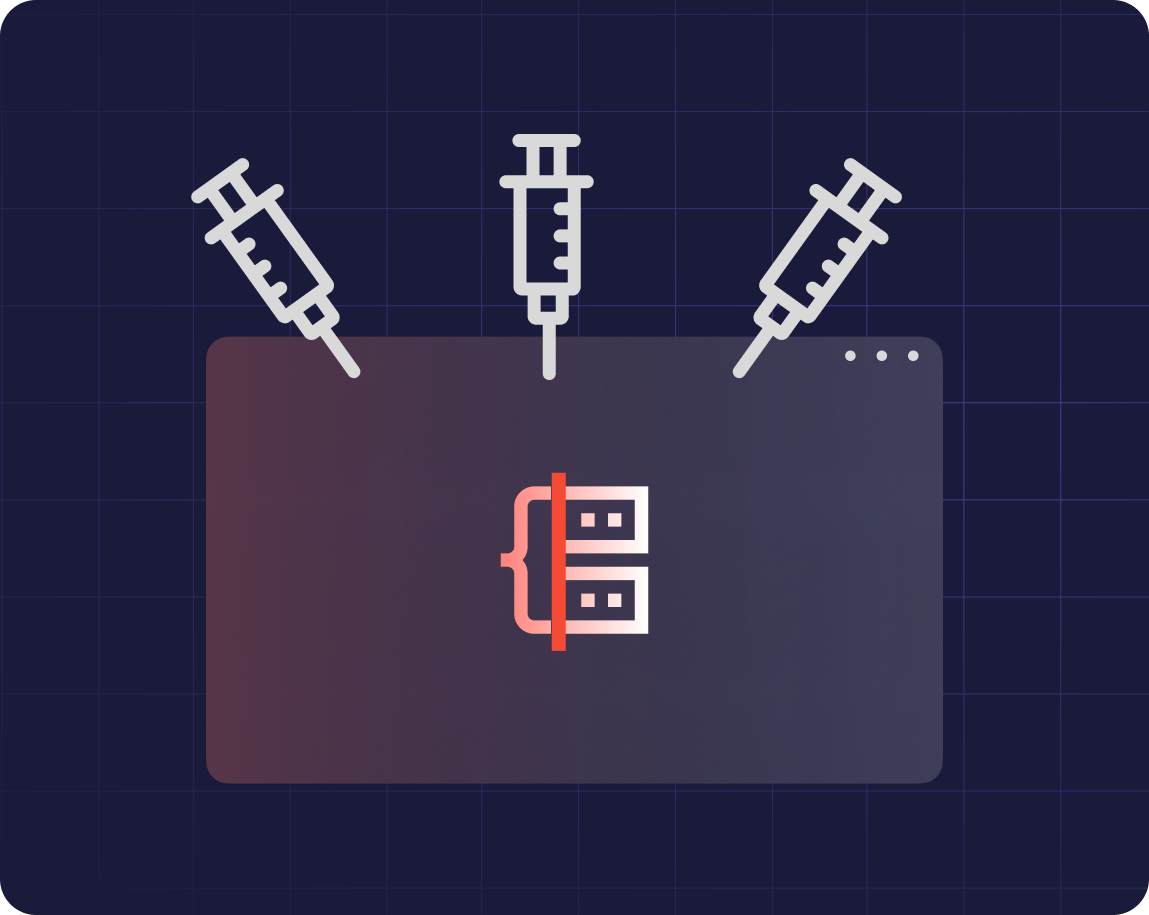


.jpg)
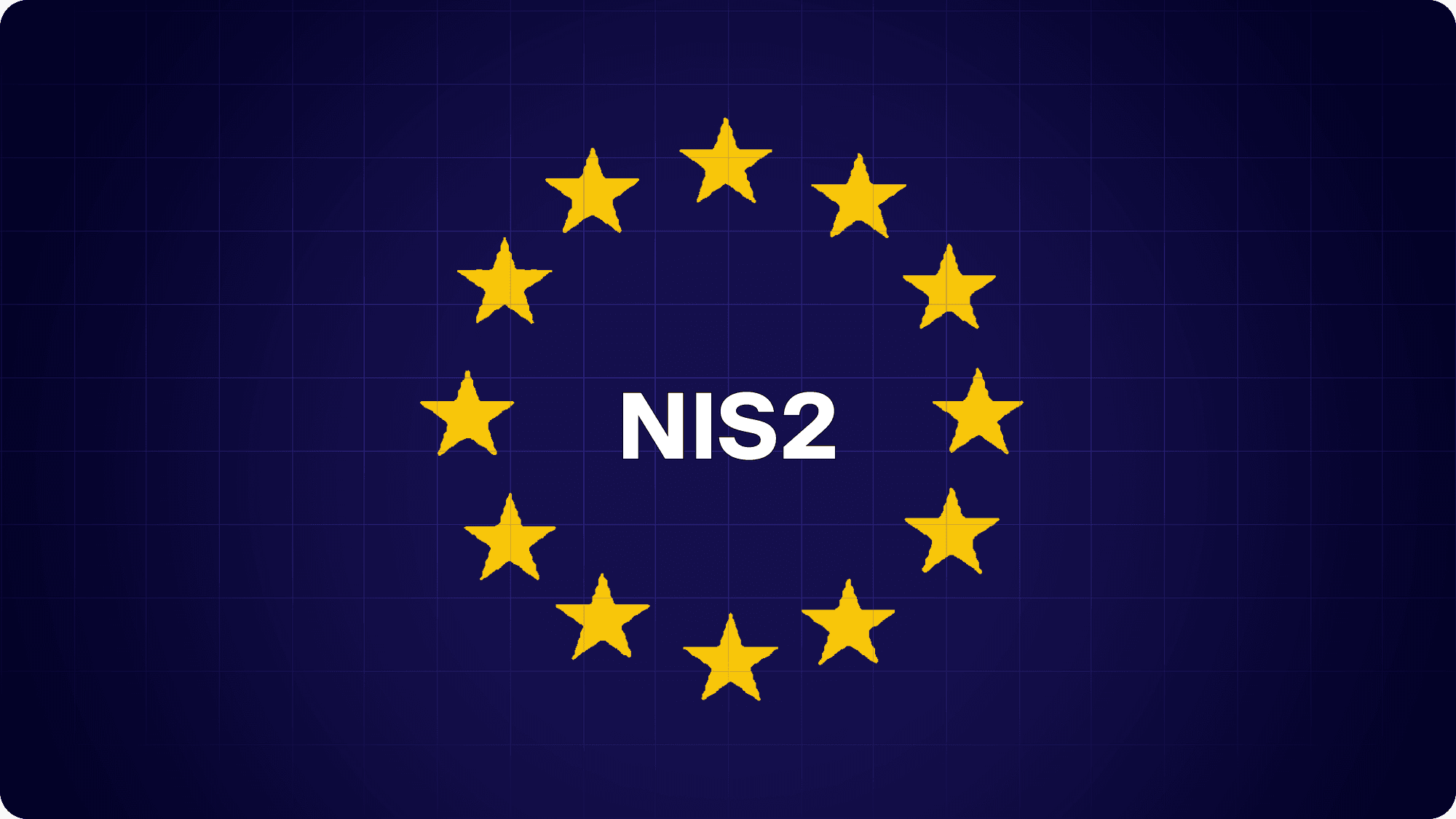

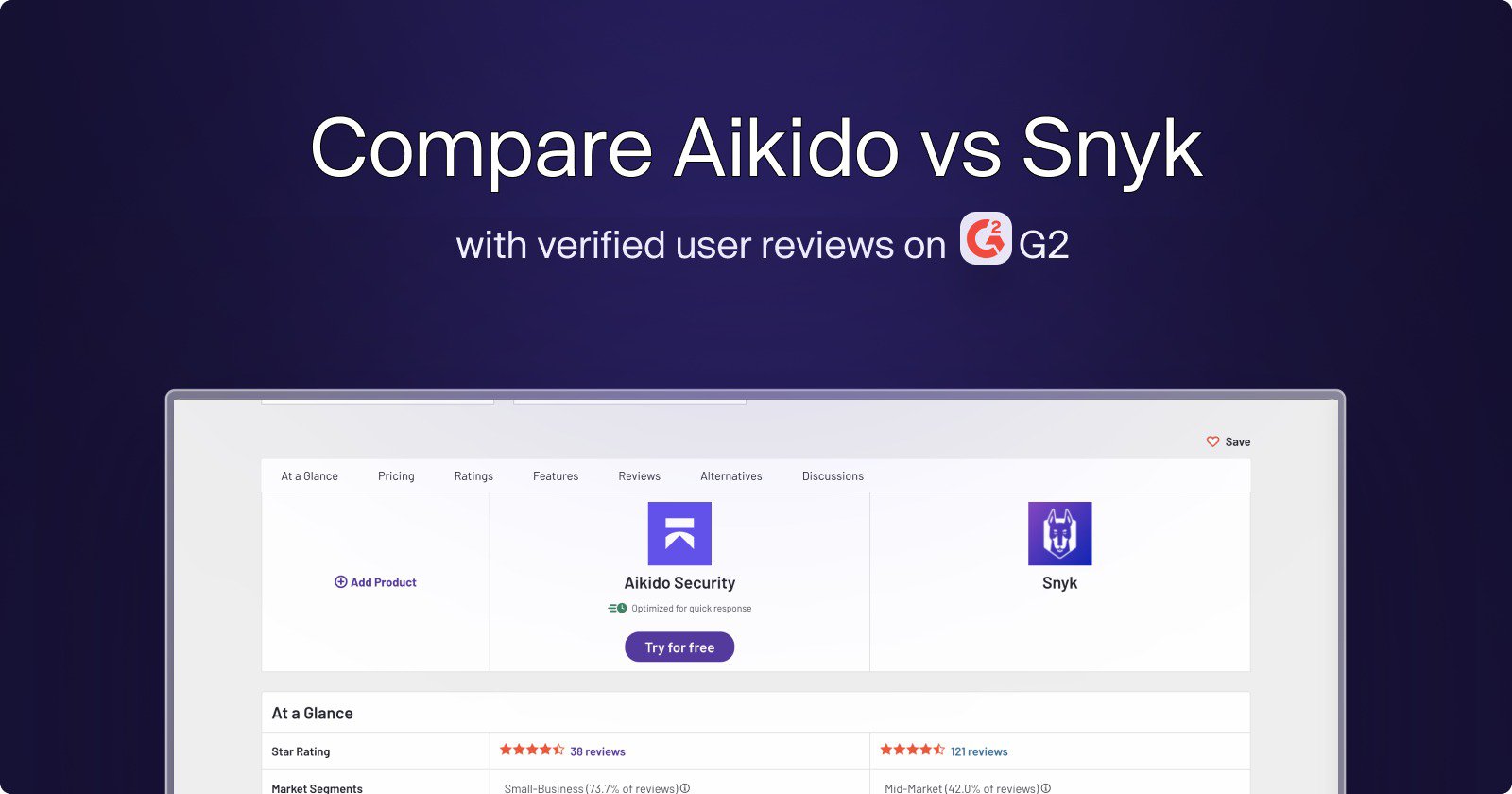
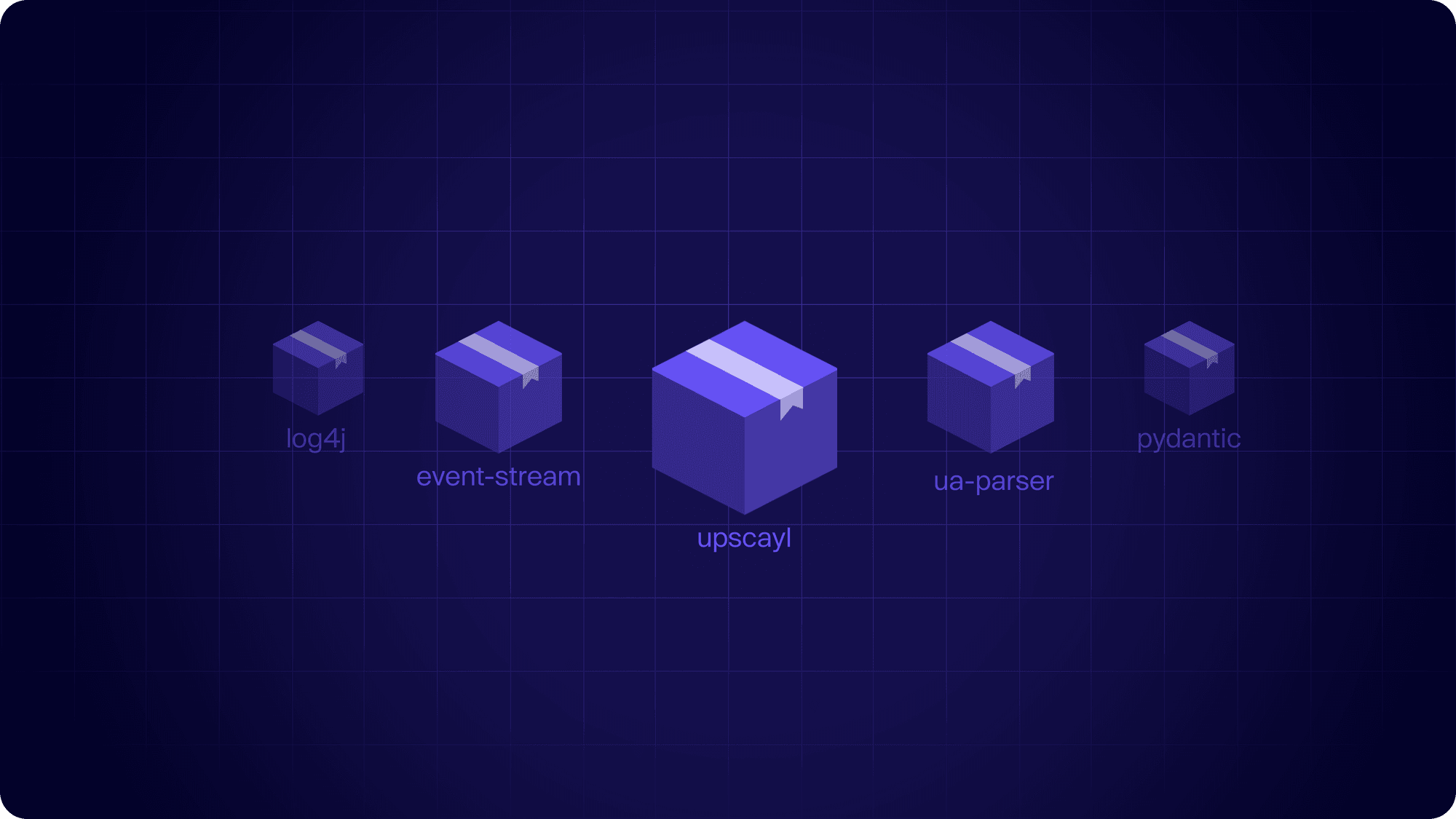















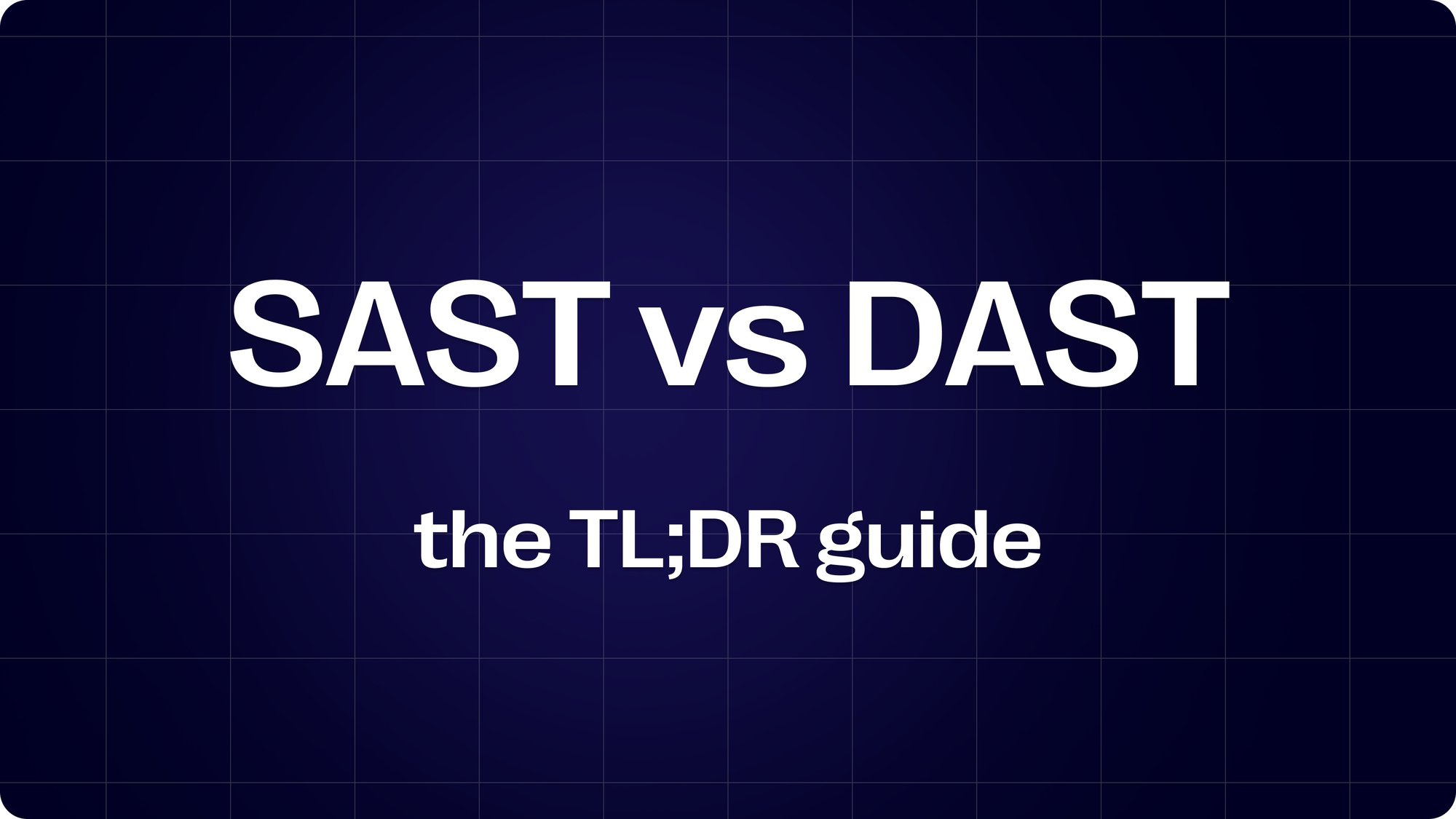







.jpg)

































.png)